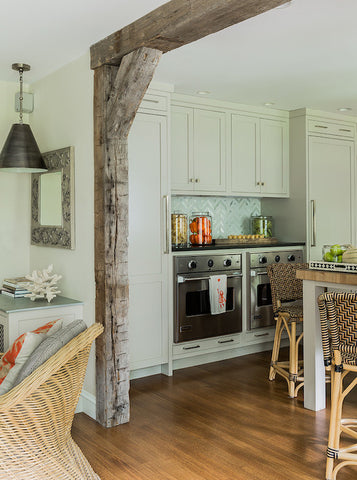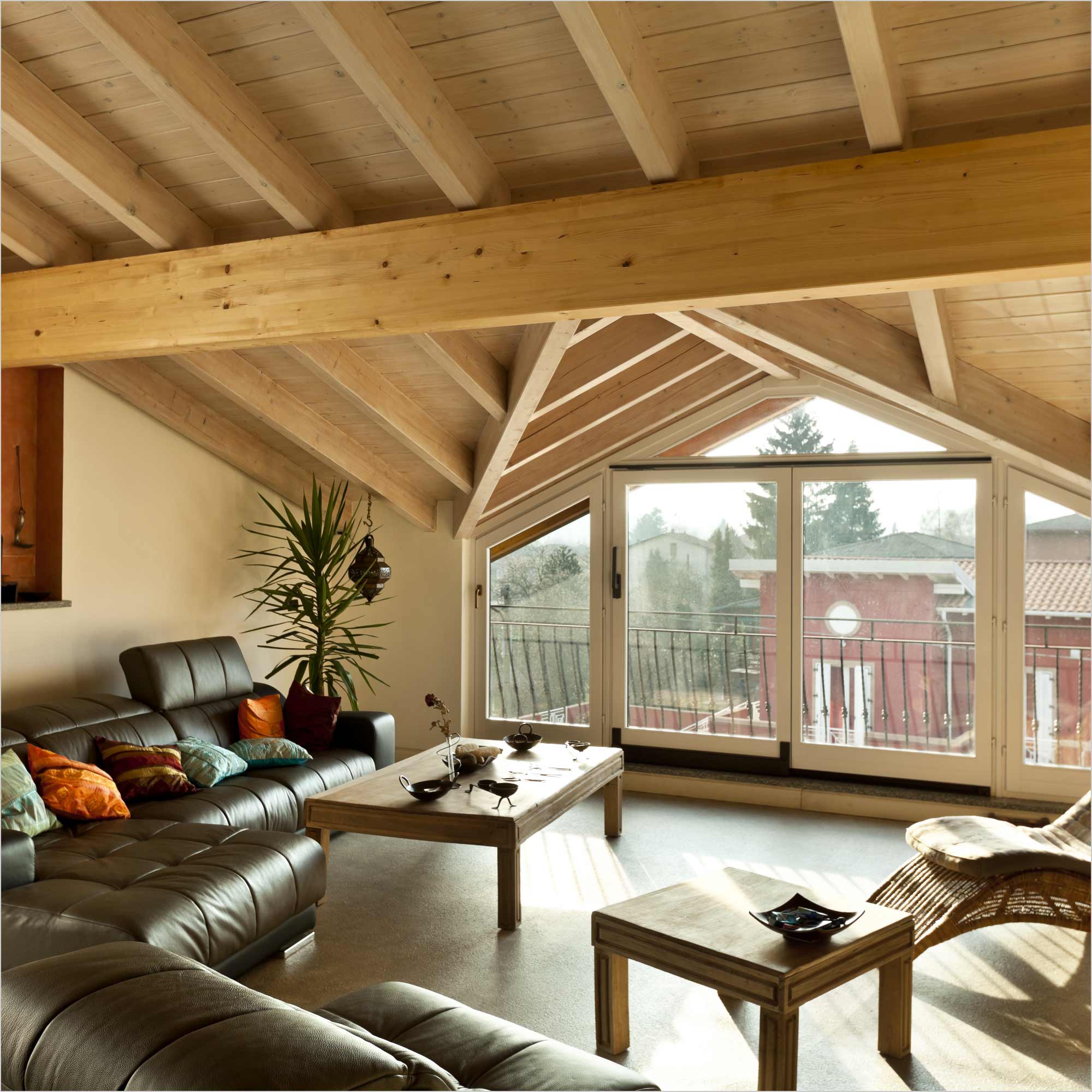Decorative support beams are a remarkable fusion of aesthetic charm and structural integrity. As someone who has spent considerable time in both construction and interior design, I can personally attest to the transformative power of these architectural elements. Not only do they hold up ceilings and roofs, but they also add character and a touch of elegance to any room. In this comprehensive guide, we will explore the various types of decorative support beams, their benefits, and essential installation tips.
Understanding Decorative Support Beams
Before diving into the specifics, it’s important to clarify what decorative support beams are. These beams are not just functional structures; they are designed to enhance the visual appeal of a space. Available in various styles, materials, and finishes, they serve both as a support mechanism and a decorative feature.
The Purpose of Decorative Support Beams
While they play a critical role in maintaining the structural integrity of a building, decorative support beams can also:

- Add architectural interest
- Highlight specific design elements
- Create a sense of warmth and character in a space
Types of Decorative Support Beams

Decorative support beams come in various types based on their materials and styles. Let’s take a closer look:
1. Wood Beams
Wood beams are the most popular choice for homeowners looking to add warmth and charm. They can be left natural, stained, or painted to suit your decor.

2. Faux Wood Beams
Made from lightweight materials, faux wood beams mimic the appearance of real wood while being easier to install and maintain.
3. Metal Beams
Metal beams offer a sleek, modern alternative. Materials like steel or aluminum can add a contemporary flair to your space.

4. Concrete Beams
For an industrial look, concrete beams can be exposed. They provide durability and can be tailored with finishes for aesthetic appeal.
Comparison Table of Beam Types
| Type of Beam | Materials | Style | Cost | Installation | Maintenance |
|---|---|---|---|---|---|
| Wood Beams | Solid wood | Rustic, Traditional | $$ | Moderate | Periodic staining/sealing |
| Faux Wood Beams | Polyurethane | Rustic, Modern | $ | Easy | Low maintenance |
| Metal Beams | Steel, Aluminum | Industrial, Modern | $$$ | Challenging | Rust prevention |
| Concrete Beams | Concrete | Industrial | $$$ | Difficult | Low maintenance |

Benefits of Decorative Support Beams
Incorporating decorative support beams into your design can yield numerous advantages:

1. Aesthetic Appeal
Beams can create a focal point in any room, whether in a living space, kitchen, or bedroom. They offer a chance to express personal style, be it rustic, modern, or traditional.
2. Enhanced Property Value
Well-designed decorative beams can significantly boost your home’s curb appeal and overall value. Potential buyers often appreciate creative architectural features.

3. Versatility
Decorative beams can blend seamlessly with various décor styles—from farmhouse chic to industrial sleek. This versatility makes them suitable for any space.
4. Structural Support
Beyond aesthetics, these beams maintain the structural integrity of your home. They can help distribute weight and prevent sagging ceilings.
Installation Tips for Decorative Support Beams
Installing decorative support beams can be a rewarding DIY project or a professional task, depending on your skills and the complexity of the design. Here are some tips to ensure a successful installation:
1. Assess Your Space
Before choosing a beam type and style, assess your space. Consider the ceiling height, room function, and overall design theme.
2. Choose the Right Material
Your choice of material affects both the installation process and the final look. For example, faux wood beams can be a lightweight alternative to solid wood, making them easier to install.
3. Gather Tools and Materials
Ensure you have all necessary tools on-hand, including a measuring tape, level, stud finder, and saws. Depending on the beam type, you might also need brackets and screws.
4. Follow Structural Guidelines
When installing beams, it’s essential to adhere to building codes and guidelines to ensure safety. If in doubt, consult a professional.
5. Finishing Touches
Once installed, consider painting or staining your beams to enhance their look. Proper finishing can protect the beams and improve their longevity.
Decorative Support Beams in Interior Design
The integration of decorative beams into your interior design can enhance a room’s character. Here are some creative ideas:
1. Highlighting Architectural Features
Use beams to draw attention to architectural details. For instance, accentuating vaulted ceilings or framing doorways can create a dynamic visual impact.
2. Creating Zones
In open floor plans, beams can define separate areas. This approach is particularly effective in large living spaces, providing structure without sacrificing openness.
3. Enhancing Lighting
Consider installing lighting fixtures on or around beams. This can create a cozy atmosphere and highlight the beams themselves.
4. Incorporating Accessories
Add decorative elements like greenery, drapery, or artwork that hangs from or around the beams to further enhance their appeal.
Pros and Cons of Decorative Support Beams
Pros
- Boost overall aesthetic appeal
- Increase home value
- Versatile designs suitable for any style
- Provide structural support
Cons
- Cost can vary significantly based on materials
- Some materials may require more maintenance
- Installation can be challenging
FAQs about Decorative Support Beams
What is the primary purpose of decorative support beams?
Decorative support beams serve both structural and aesthetic purposes. They help support weight while enhancing a room’s visual appeal.
Can I install decorative beams myself?
Yes, if you have basic DIY skills and the right tools. However, for heavier beams or intricate designs, hiring a professional is recommended.
What materials are best for outdoor support beams?
For outdoor applications, materials like treated wood or metal are ideal due to their durability and resistance to weather conditions.
How can I maintain my decorative support beams?
Maintenance varies by material; wood beams may need regular staining or sealing, while faux wood beams typically require minimal upkeep.
What styles work best with decorative beams?
Decorative beams complement many styles, including farmhouse, rustic, industrial, and modern designs, offering flexibility in your decor.
Conclusion
Decorative support beams are more than just structural elements; they are expressions of personal style and creativity. Whether you choose wood, faux wood, metal, or concrete beams, their impact on your home can be profound. With the right design choices and installation techniques, you can transform your space into one that is both functional and beautiful. Make sure to weigh the pros and cons, consider your personal taste, and enjoy the process of incorporating these stunning architectural features into your home.